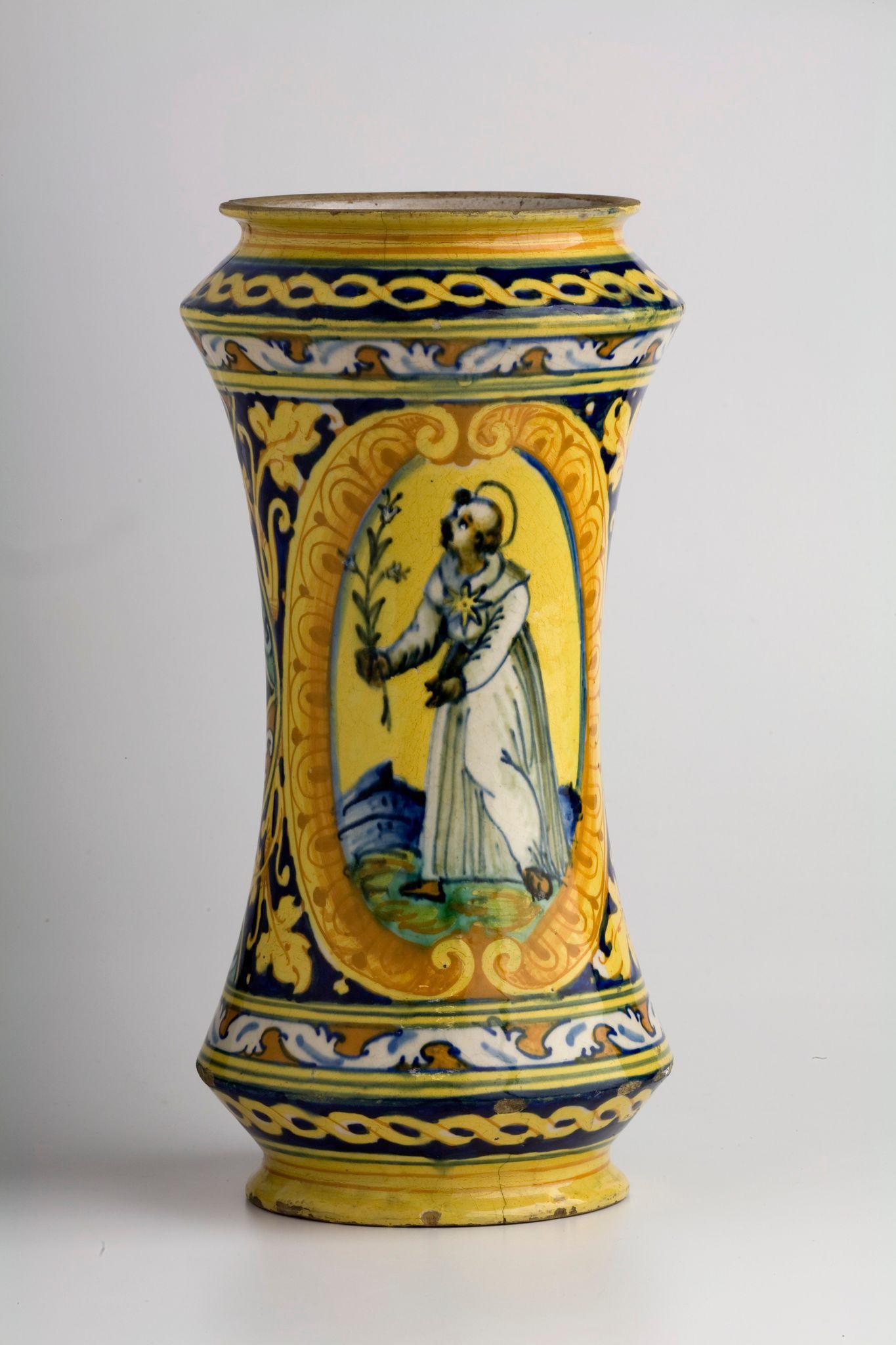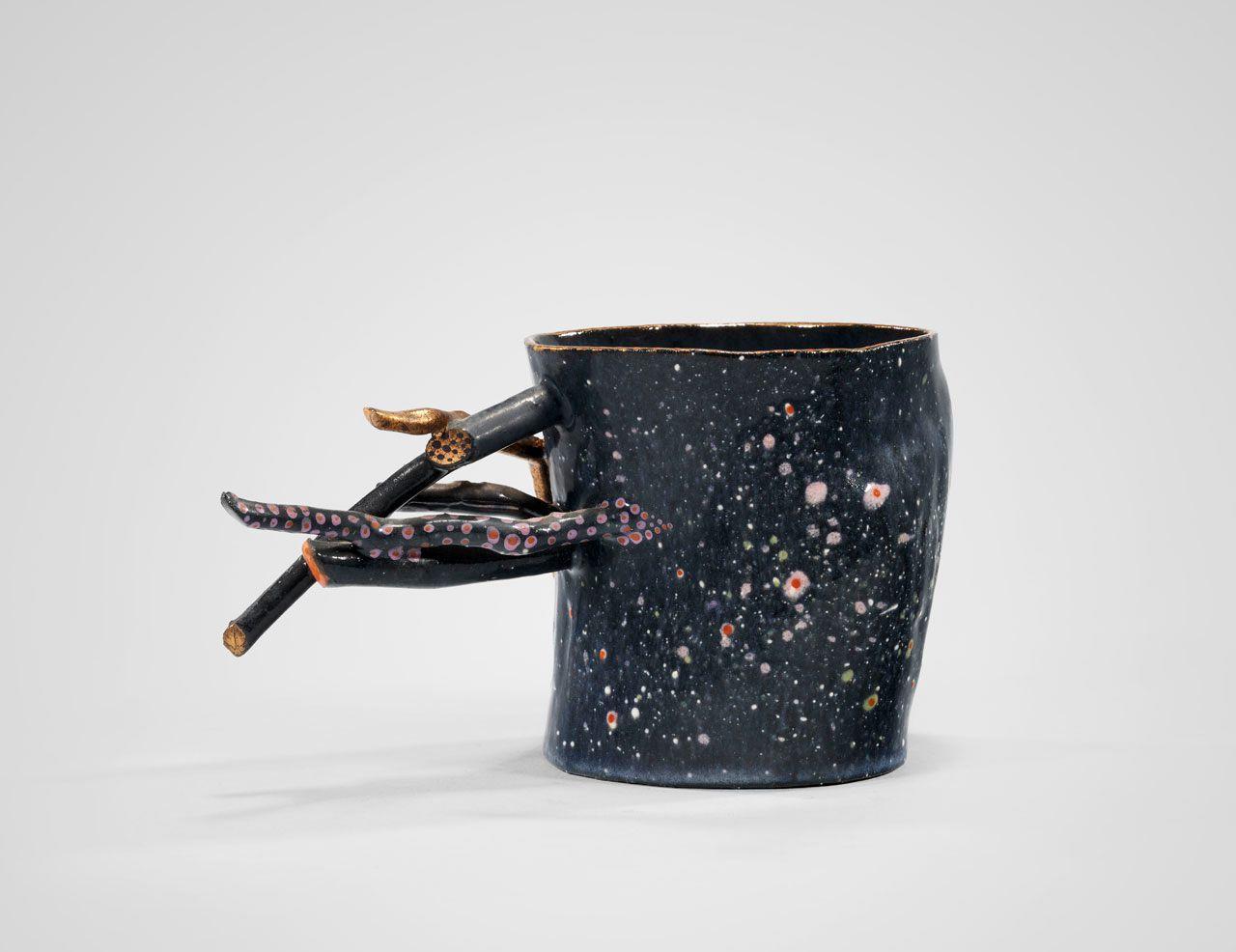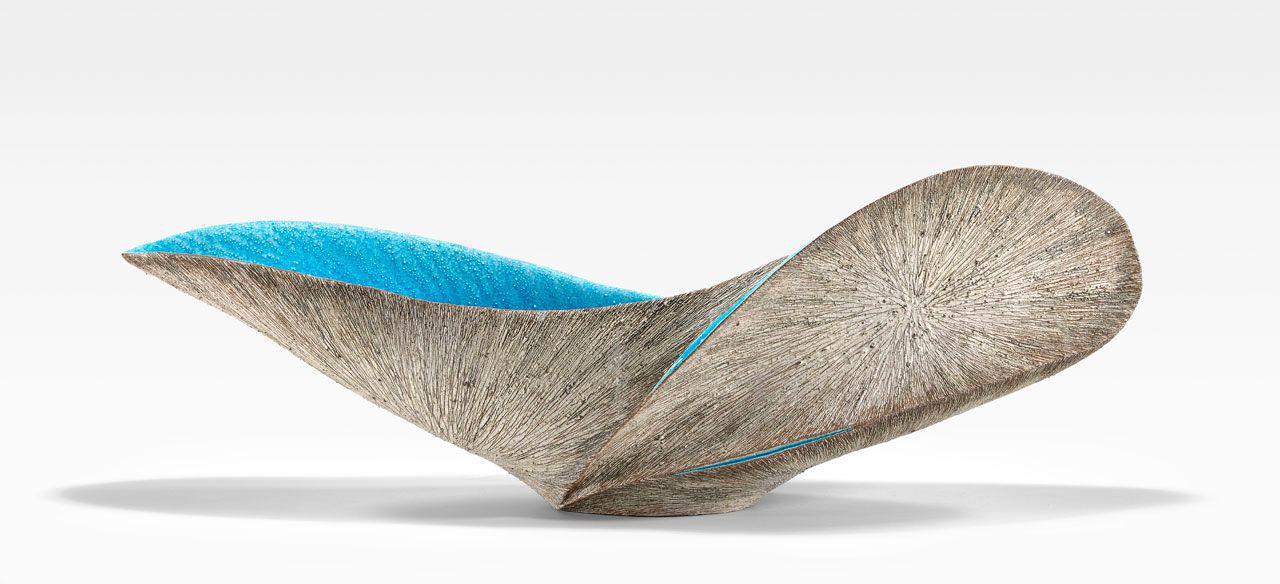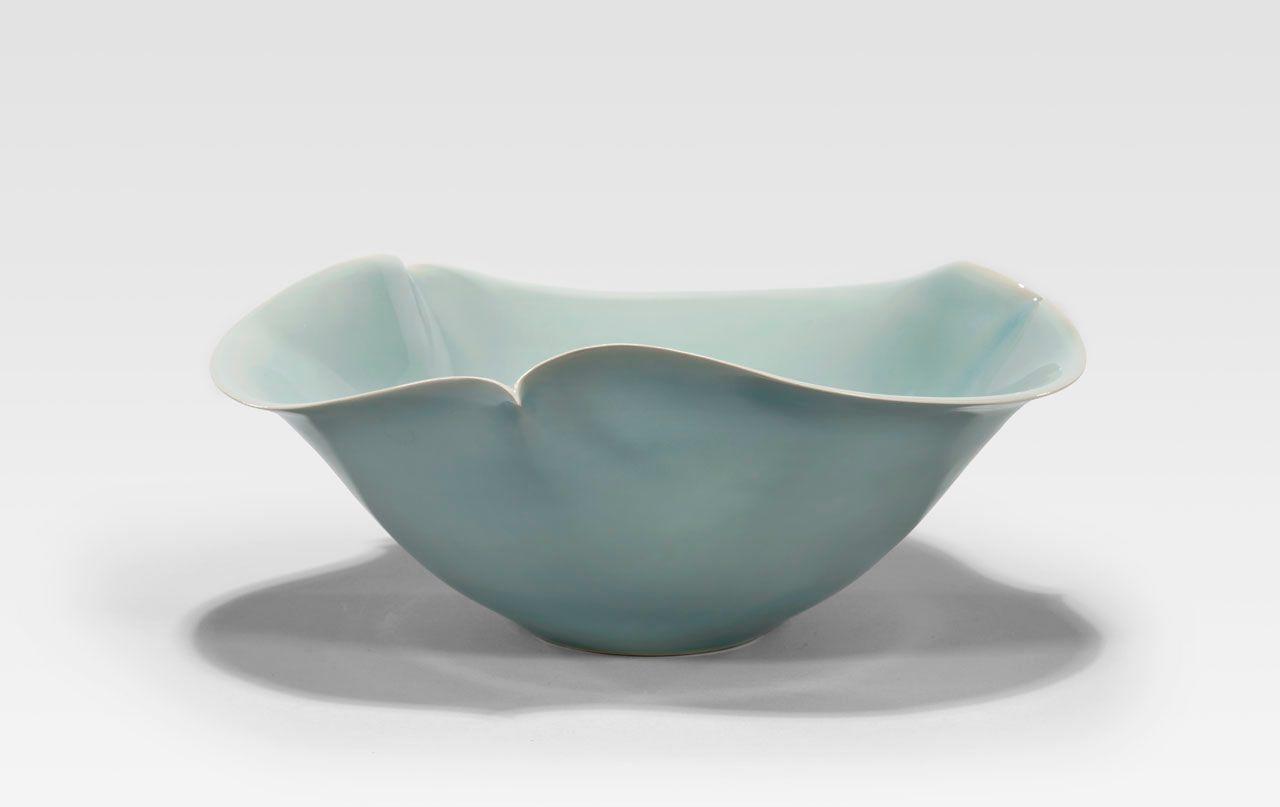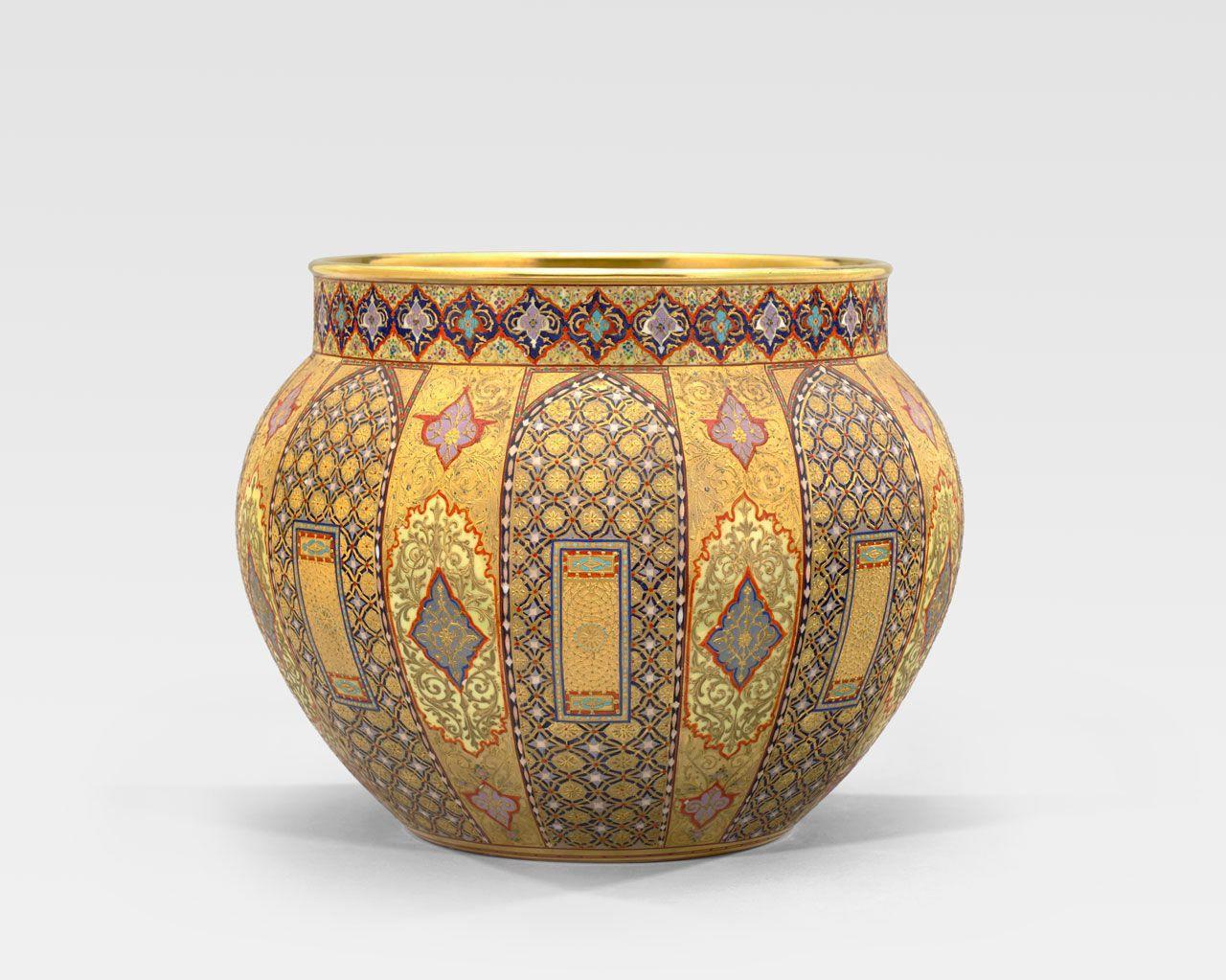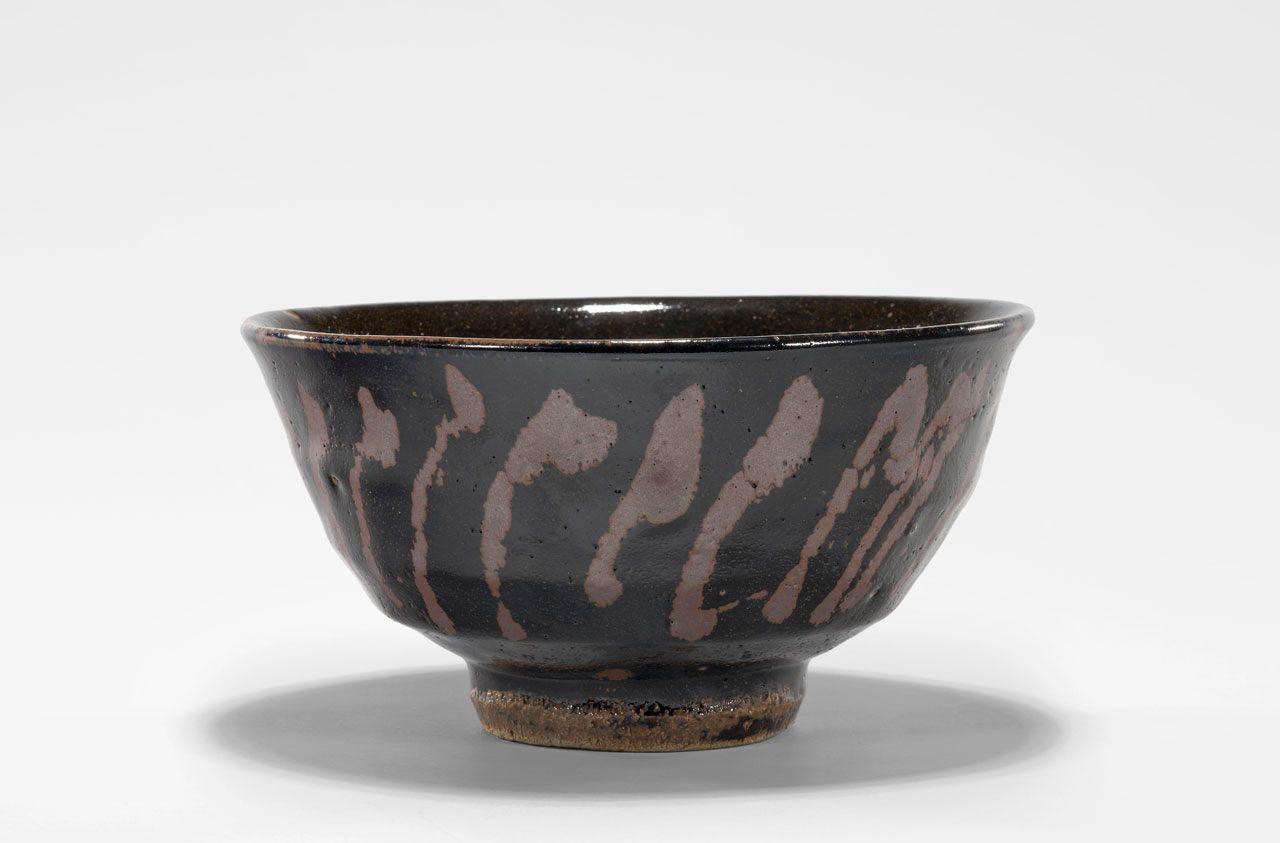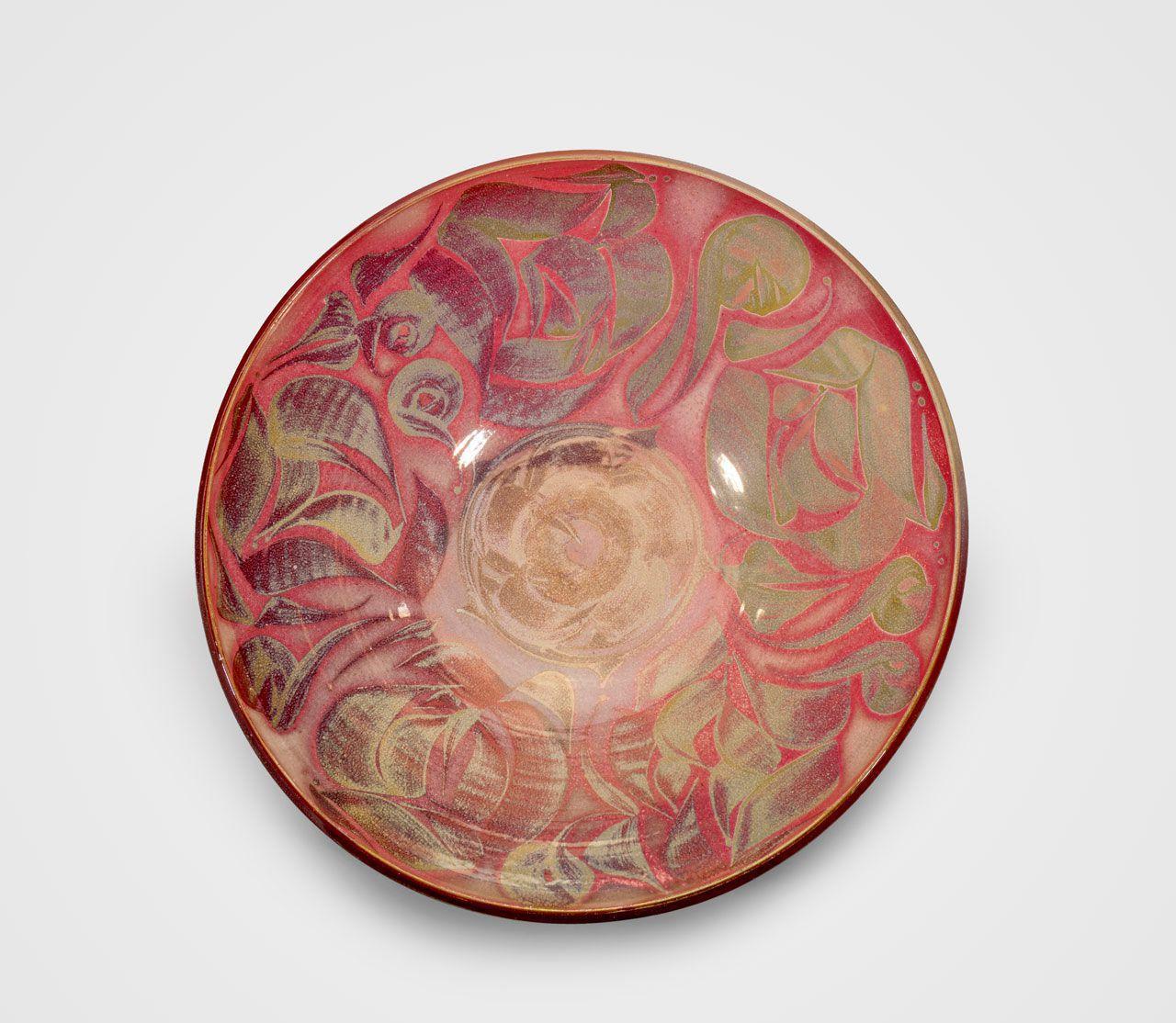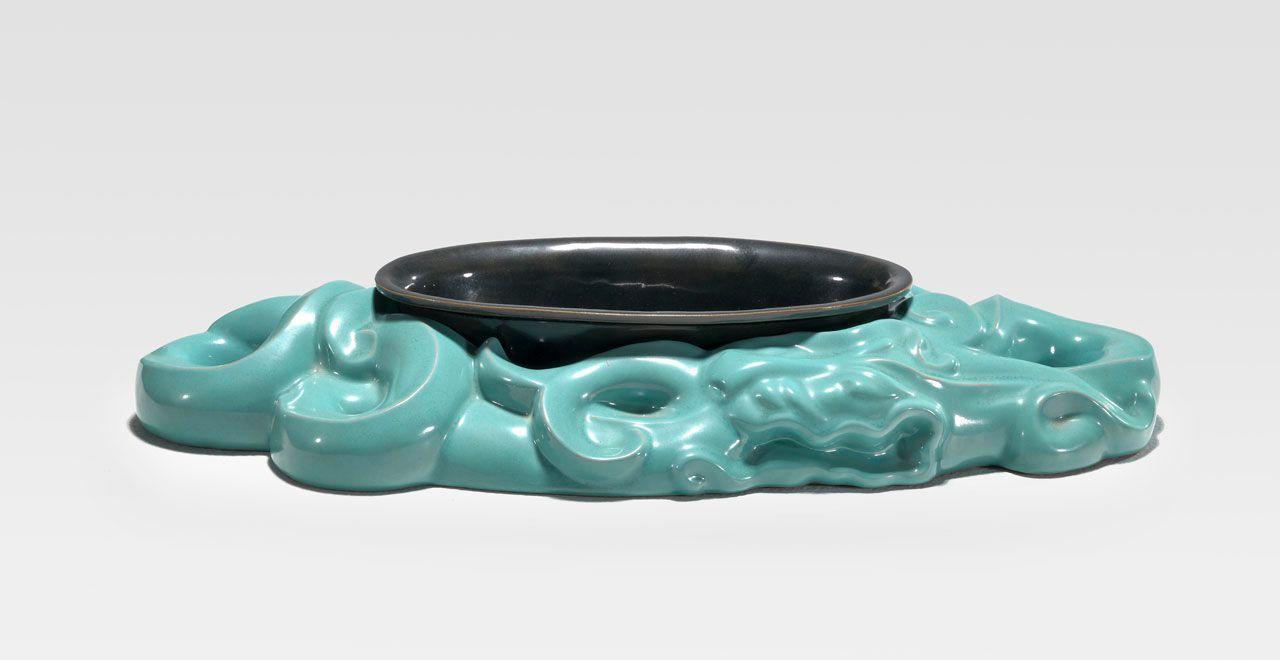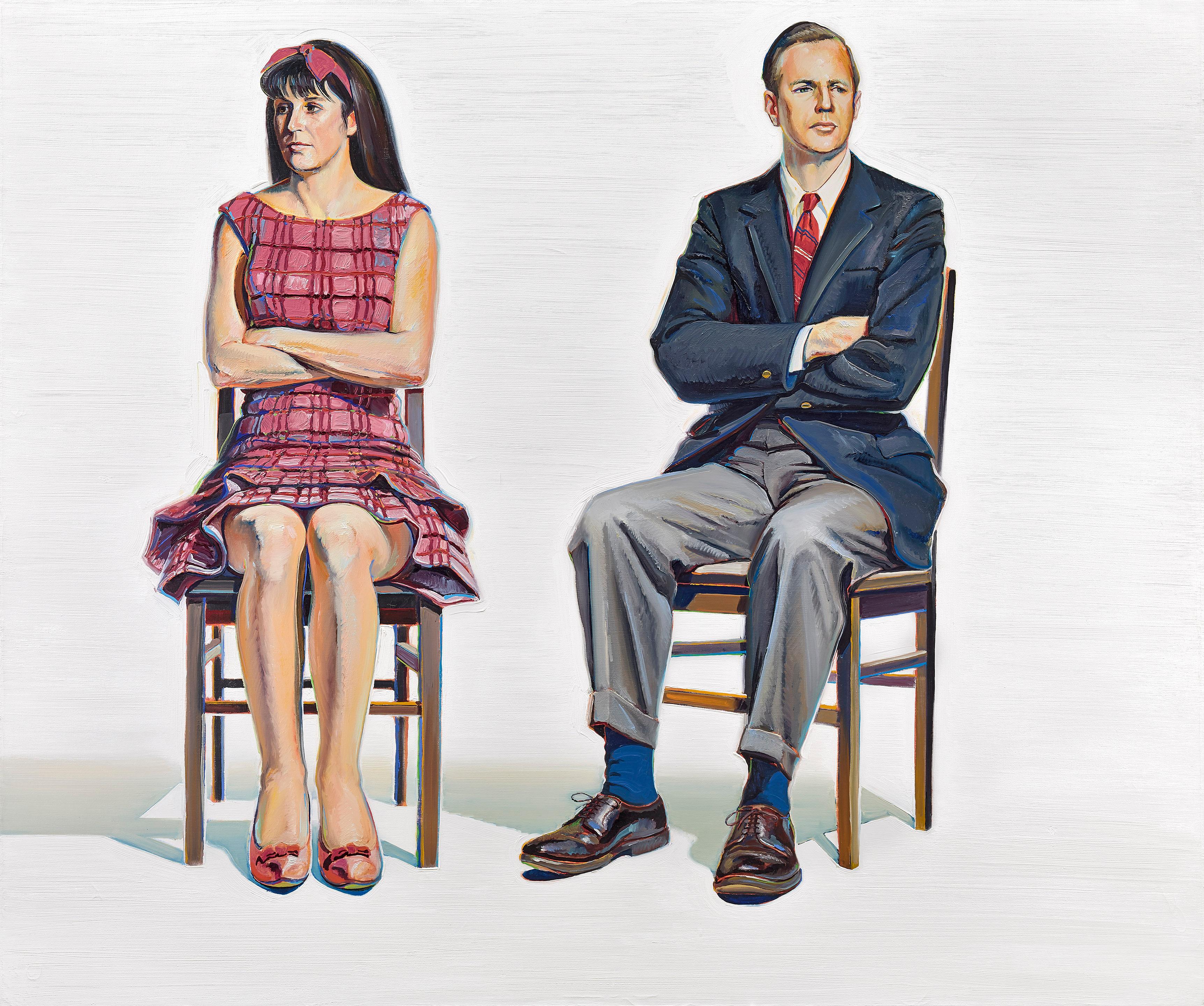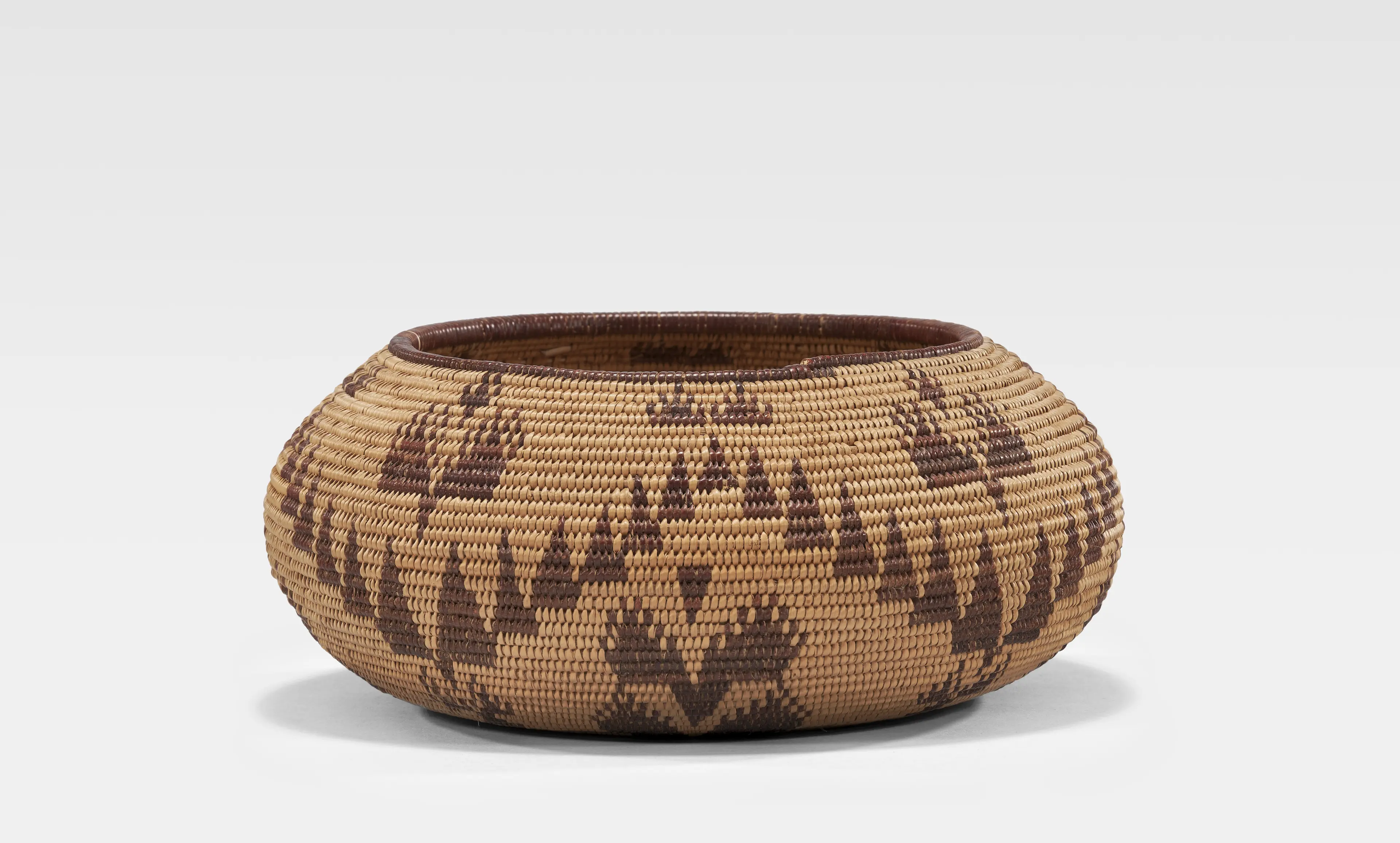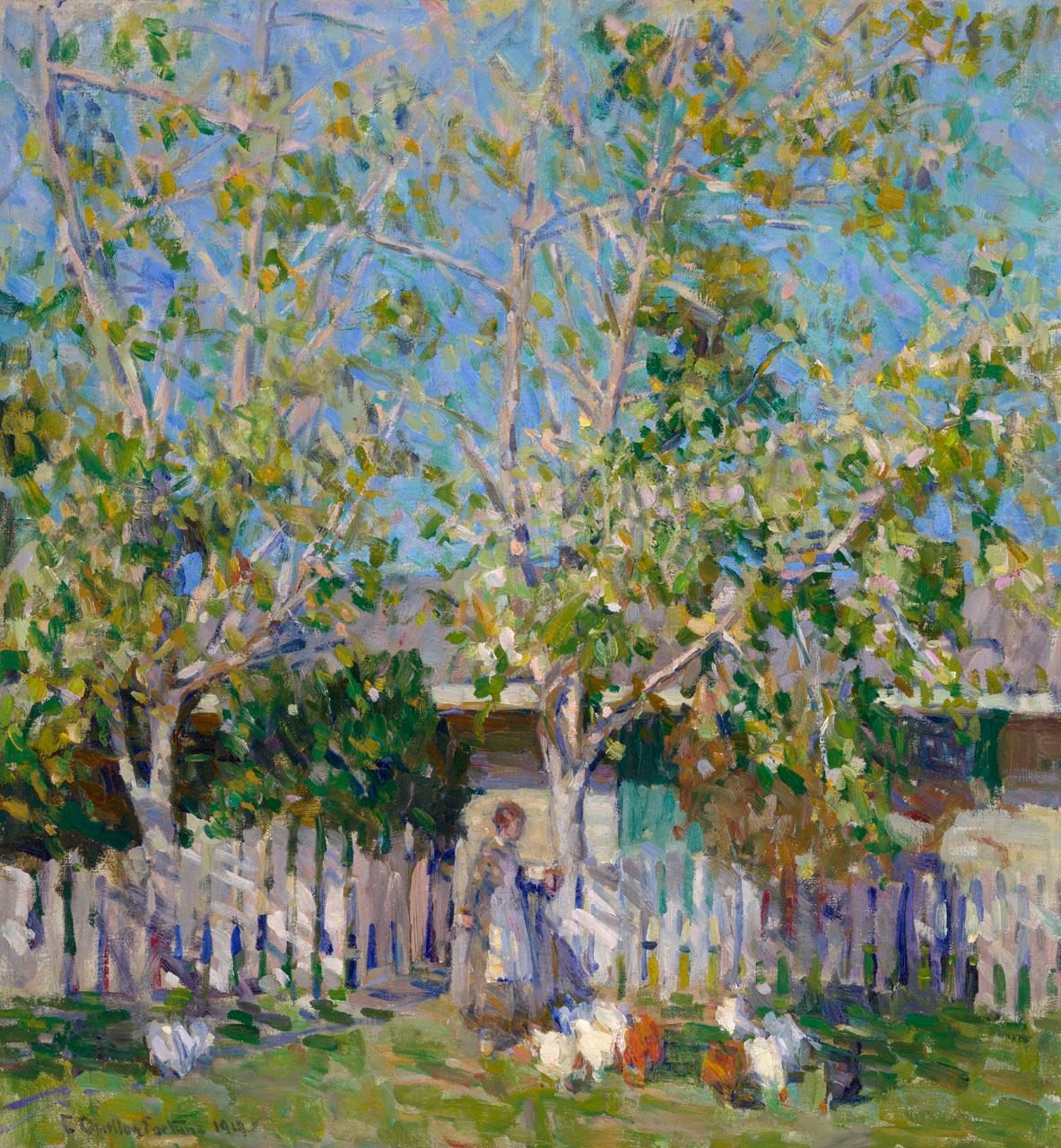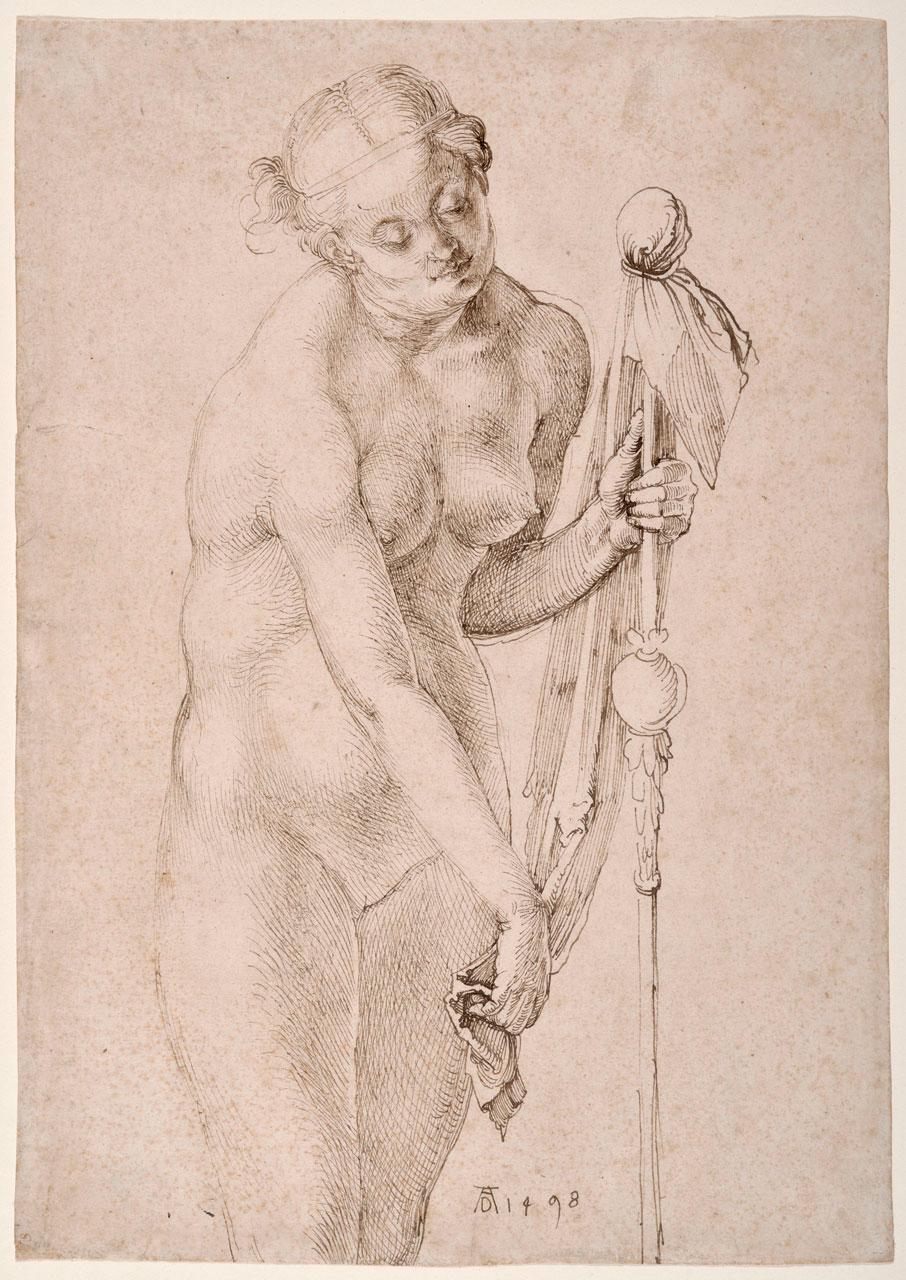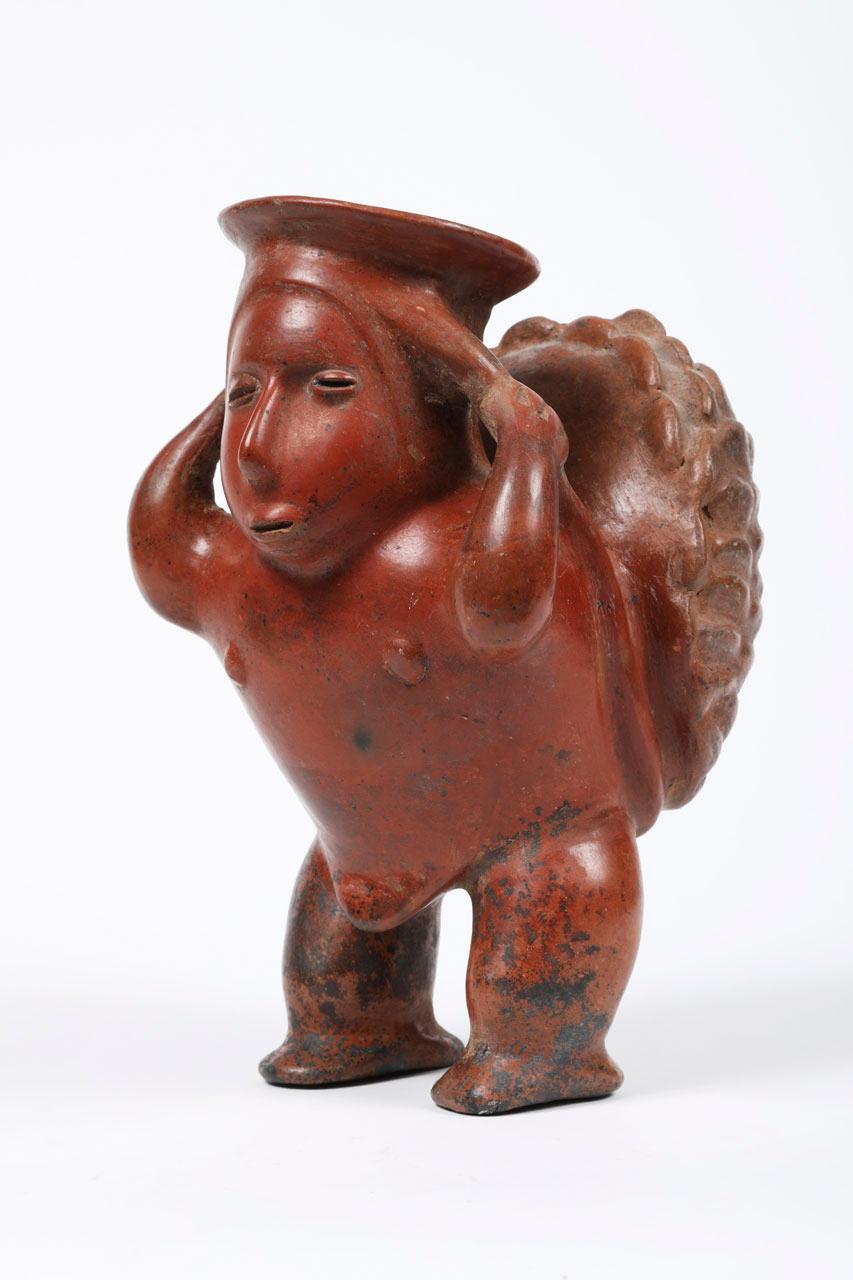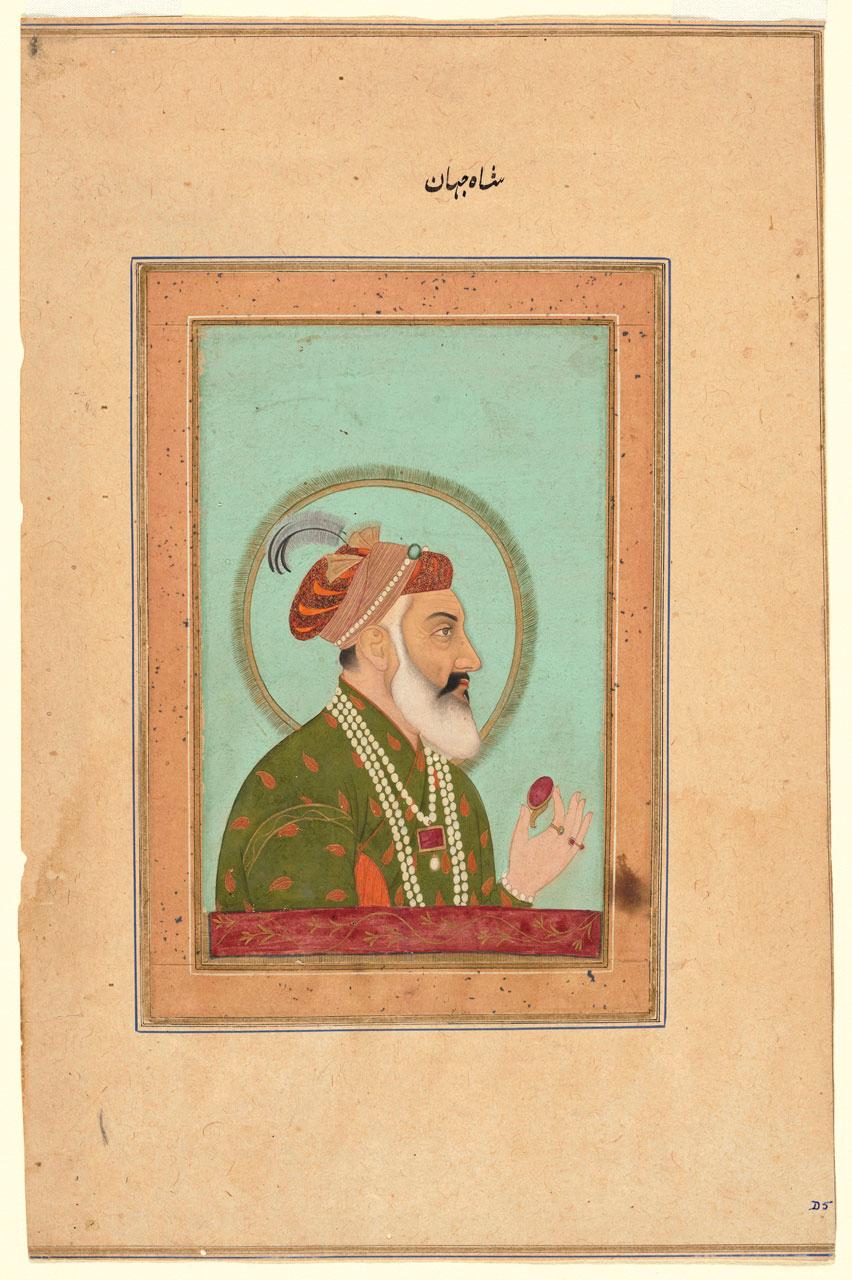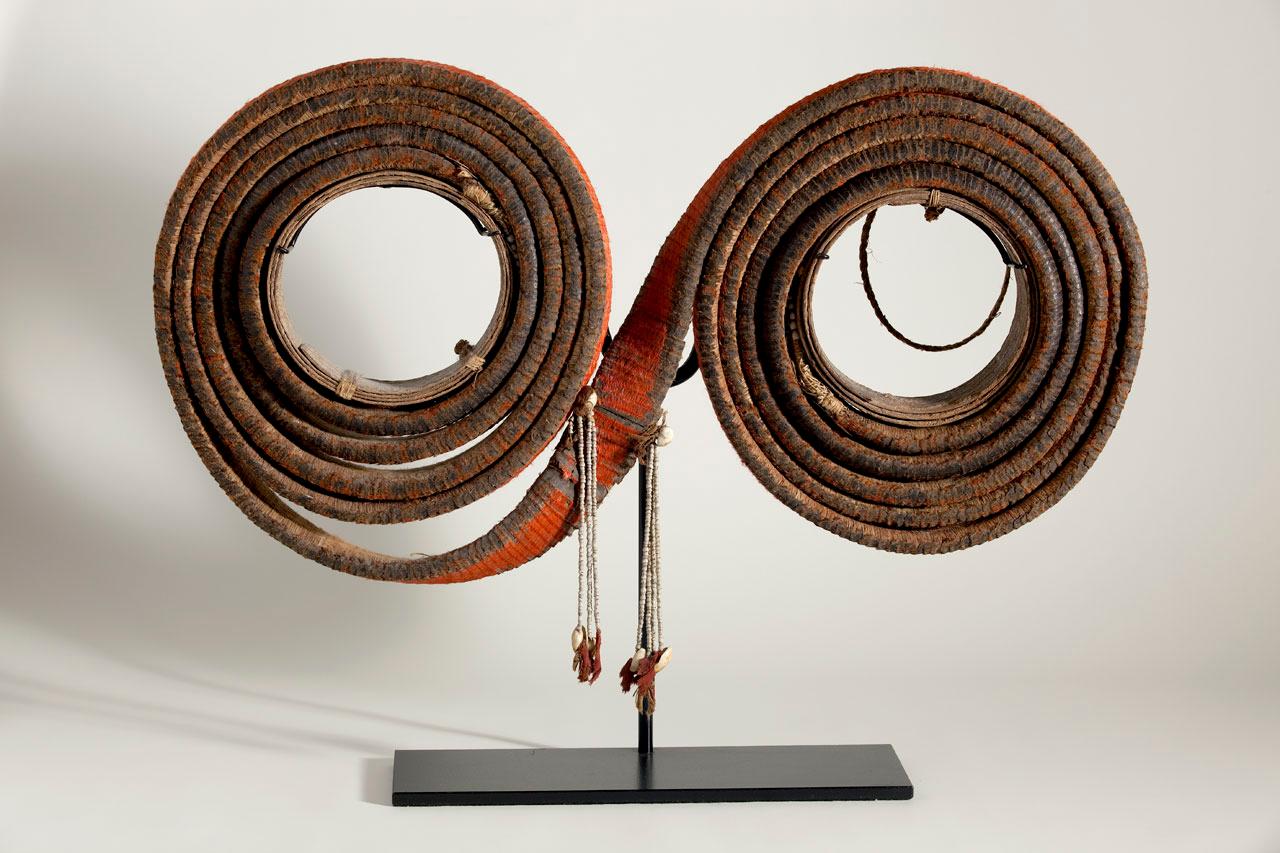About the Ceramics Collection
The Crocker Art Museum’s ceramics collection began with E. B. and Margaret Crockers’ daughter Jennie Crocker Fassett. Jennie and her husband pursued business interests in Korea in the 1910s and 1920s and, during their many trips, they acquired ivories, jades, and ceramics, which Jennie donated in 1924. Korean ceramics formed the basis of her gift. Over the years, the ceramics collection has grown to include examples of work from around the world, with significant donations introducing new areas of interest.
After World War II, the Crocker supported the burgeoning studio craft movement and exhibited and collected contemporary Californian ceramics, often in collaboration with Sacramento’s Kingsley Art Club and Creative Arts League (CAL). In the 1970s, the Museum began to make significant acquisitions of work by living artists, fostering the Museum’s commitment to both figurative ceramics and studio pottery.
Today the Crocker Art Museum’s ceramics collection, with more than 5,000 examples, encompasses many cultures, time periods, and idioms. The collection records major movements that have shaped the history of ceramics. Work ranges from vessels and figurative funerary ware from Asia and the ancient Americas to 18th-century Meissen porcelain tableware, 19th-century American art pottery to internationally acknowledged Funk sculpture. The Crocker holds a large collection of Native American pottery both historic and contemporary, particularly Pueblo pottery from the Southwest.
The Museum’s collection offers a resource for the display and study of ceramic art and affirms the strong relationship that Sacramento and surrounding communities hold in elevating clay to an art form equal to any other.
What Are Ceramics?
Ceramics are a material; a process; a discipline; and an art form begun thousands of years ago. Ceramics are fired clay, permanently transformed both chemically and physically through heat. Firing makes the clay strong and durable.
There are three main types of ceramic bodies: Earthenware refers to low-fired pottery, heated at temperatures up to 1150 C°. It is characterized by a slightly porous surface in which the glaze and body remain in separate layers. The glaze is applied to make the earthenware impervious to fluids, while slips (fine liquid clay) and burnishing (polishing) also reduces porosity. Stoneware is fired to a high temperature, about 1150–1300 C°, at which point the form is stiff and the glaze and body are partially fused. It is usually colored grey or brown because of impurities in the clay, and it is normally glazed for decorative purposes or to reduce chemical corrosion. Porcelain is a high-temperature ceramic, fired between1200°C and 1400°C, with a white surface, which if thin enough can be translucent. This is achieved through a mixture of clay (kaolin), quartz (silica) and china stone (feldspar).

